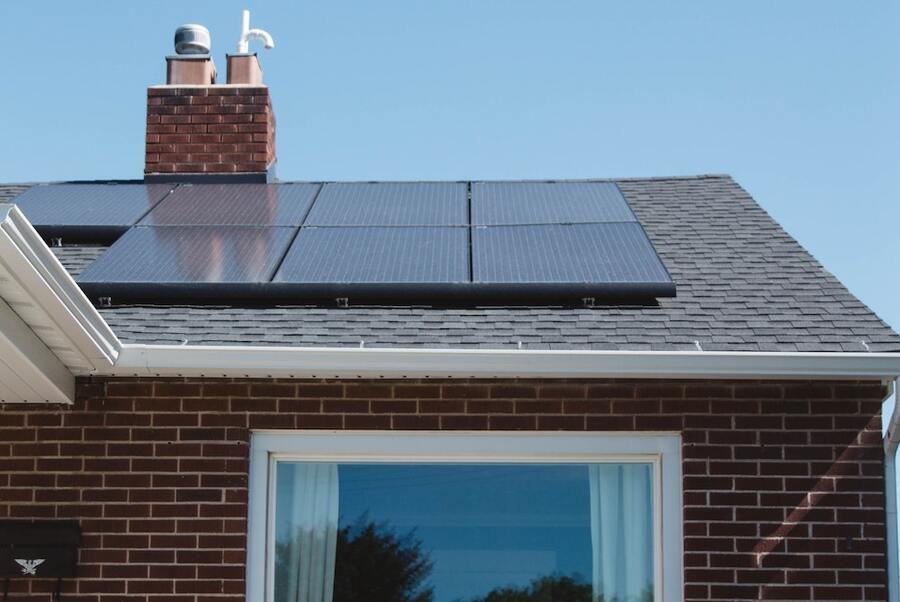Energy costs oscillate, impacting the budgets of households and industries alike. Understanding these fluctuations requires examining the interplay between supply and demand, geopolitical factors, and market signals. With energy as a fundamental component in global economies, it’s vital to grasp the reasons behind these variations.
The Mechanics of Supply and Demand
Energy costs hinge primarily on supply and demand dynamics. When energy demand exceeds supply, prices climb. Conversely, when supply outstrips demand, prices tend to fall. This supply-demand balance is influenced by numerous factors:
- Weather Patterns: Extreme weather events can disrupt supply chains, limiting access to resources like oil and natural gas. Meanwhile, temperature changes can alter energy consumption patterns, especially in heating or cooling seasons.
- Technological Advancements: The rise of alternative energy sources, such as solar or wind, has decreased dependency on traditional power sources like coal and oil. Yet, these technologies are not uniformly adopted, leading to regional disparities in energy reliance.
- Economic Growth: As economies grow, so does energy consumption. Increased industrial activities or urbanization can lead to a surge in energy demand, pushing prices upwards.
Moreover, seasonal variations can place additional pressure on supply and demand. For instance, colder-than-average winters will see heightened natural gas efficiency, as heaters run more frequently. Elevated energy use during such periods can lead to price spikes if suppliers cannot meet the short-term surge in demand. Additionally, planned maintenance of energy facilities, like refineries, often results in supply constraints that may affect pricing.
The introduction of energy efficiency measures in buildings and machinery can also influence demand. As consumers and industries alike invest in energy-saving technologies, overall consumption can drop, potentially stabilizing prices. However, the rate at which these measures are adopted varies widely across regions due to different regulatory and economic markets, further compounding the challenge of balancing supply and demand.
For those residing in the southern regions, options such as electricity plans in Texas offer a glimpse into regional energy solutions that cater to diverse consumer needs, showcasing how local markets adapt to broader supply-demand pressures.
Geopolitical Factors at Play
Beyond market mechanisms, geopolitical tensions can sway energy prices considerably. Consider the following influences:
- Trade Policies: Efforts to impose sanctions or trade barriers can restrict supplies. Countries reliant on foreign energy may find themselves at the mercy of political negotiations, which alter access and cost.
- Producing Nations: Major energy producers exert substantial influence. Decisions by cartels like OPEC to reduce or increase production can immediately affect global prices.
- Regional Conflicts: Armed conflicts in energy-rich regions can result in disrupted extraction or transportation, causing ripples across global markets.
International diplomacy often plays a role in stabilizing energy prices. Collaborative efforts among nations to ease tensions can lead to stable production and distribution channels, fostering market confidence. Moreover, any agreement between large producers to adhere to specific production quotas can mitigate disruptive price swings caused by sudden policy changes or emerging conflicts.
The transition towards energy independence initiatives adds another layer. Countries striving to reduce reliance on imported energy can do so through domestic production enhancement or diversification through renewables, thereby buffering sudden geopolitical shocks. These strategies, though beneficial in the long term, require significant initial investment and political will, sometimes creating short-term market instability.
Market Speculation and Investment Patterns
Market speculation can exacerbate or attenuate price fluctuations. Investors’ expectations about future events can lead to volatile energy markets:
- Futures Trading: Traders banking on future price trends can influence today’s prices. This predictive behavior may cause price hikes if players anticipate unforeseen constraints.
- Investment in Infrastructure: Capital influx into renewable energy facilities can stabilize long-term prices by diversifying energy sources. However, sporadic investment patterns can delay projects, affecting short-term supply.
- Currency Fluctuations: Changes in exchange rates can impact energy costs, especially for nations dependent on imports. A weakened currency makes energy imports more expensive, instantly altering local prices.
Investor sentiment often rides waves of economic news and geopolitical developments. A forecast of reduced supply or increased demand can spark reactions that drive up prices. Conversely, news of technological breakthroughs or peace accords in conflict zones may promote market stability. These movements, though speculative, have concrete effects on pricing and influence daily market operations.
Finally, long-term contracts and hedging strategies can serve as stabilizing forces, providing some predictability in an otherwise uncertain market. Energy companies and large consumers often rely on these vehicles for planning and budgeting. While perhaps not shielding them entirely from changes in dynamics, these financial instruments do offer valuable insulation against abrupt price movements.
The Path Ahead
Future energy pricing will likely continue to ebb and flow in response to technological, political, and economic shifts. Innovations in renewable energies may offer a buffer against this volatility, but they are no panacea. Geopolitical stability, technological advancements, and comprehensive policy frameworks will remain important contributors to balancing the energy market.
Anticipating tomorrow’s energy costs requires a multifaceted approach, integrating elements from all spheres that influence markets today. Understanding and navigating these dynamics can better equip policymakers, industries, and consumers to mitigate the impacts of unpredictable energy costs on their daily experiences and broader economic activities.
















